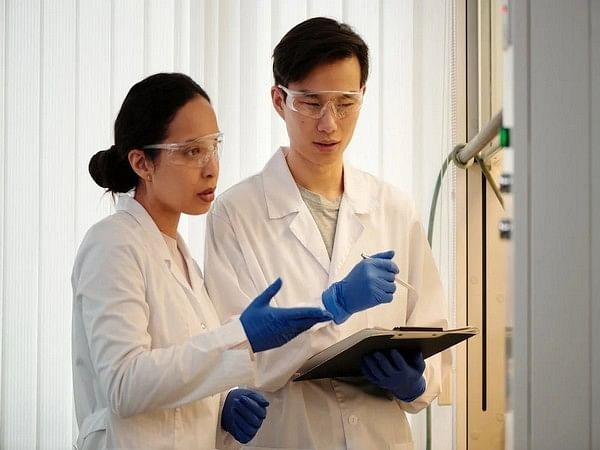Green roofs have gained popularity due to their positive impact on climate adaptation, mitigation, and urban biodiversity. These rooftop surfaces offer various benefits, such as stormwater absorption, energy consumption reduction, temperature moderation, and habitat creation for plants and wildlife. However, in the United States, the effectiveness of green roofs diminishes over time, often due to the use of non-native plants and sterile soils. A Dartmouth-led study aimed to investigate whether regulating green roof soil bacteria, specifically native prairie microbes, could enhance healthy urban soil growth and increase climate resilience in cities.
Experimental Setup
To test the impact of native prairie microbes on green roof soil, the research team established an experimental green roof in Chicago. The focus was on enhancing the soil with native prairie microbes, including beneficial mycorrhizal fungi. These fungi form symbiotic relationships with plant roots, providing nutrients and water in exchange for plant sugars. Given the challenging conditions on green roofs, such as high temperatures and periodic flooding, mycorrhizal fungi were considered potentially beneficial.
Methodology
The researchers introduced soil rich in native mycorrhizal fungi (referred to as “inoculum”) from a locally restored prairie to the experimental green roof’s soil. Both inoculated and untreated soils were planted with native prairie plants and green roof succulents. The team monitored changes in the mycorrhizal fungal community over a two-year period. The comparison involved identifying fungal species in the green roof soils, the inoculum, and the air surrounding the green roof.
Findings
The study revealed that actively managing green roof mycorrhizal fungi led to faster soil development compared to passive reestablishment. Green roofs treated with mycorrhizal fungi supported a more diverse soil community, promoting long-term sustainability. The results, published in New Phytologist, demonstrated increased fungal diversity in the inoculated soil.
DNA Metabarcoding Technique
The researchers employed a molecular technique called “DNA metabarcoding” to identify multiple organisms in a single sample. This technique helped identify fungi present in the green roof soils and determine potential sources. While many fungi originated from the inoculum, others arrived through vectors like wind, birds, insects, or even rats.
Implications and Conclusion
The study’s unique approach, tracking mycorrhizal community shifts post-inoculation and identifying species sources, highlighted the importance of active management in improving soil health on green roofs. The diverse fungal communities observed in treated soils underscored the potential of mycorrhizal fungi in enhancing green roof sustainability. The findings suggest that active management of soil microbial communities is effective and worthwhile for urban areas.
Multiple-Choice Questions (MCQs) with Answers:
- What is the primary focus of the Dartmouth-led study?
- A. Climate change impacts on urban areas
- B. Green roof soil bacteria regulation
- C. Non-native plant species on green roofs
- D. Urban biodiversity management
- Answer: B. Green roof soil bacteria regulation
- What symbiotic relationship do mycorrhizal fungi have with plants?
- A. Competitive
- B. Predatory
- C. Parasitic
- D. Mutualistic
- Answer: D. Mutualistic
- Which molecular technique did the researchers use to identify organisms in green roof soils?
- A. PCR amplification
- B. DNA sequencing
- C. DNA metabarcoding
- D. Gel electrophoresis
- Answer: C. DNA metabarcoding
- What did the study find regarding the impact of mycorrhizal fungi on green roof soil development?
- A. No significant difference
- B. Slower development with fungi
- C. Faster development with fungi
- D. Unpredictable development
- Answer: C. Faster development with fungi
- According to the senior author, what is a common misconception about green roofs?
- A. They are ineffective for climate resilience.
- B. They are self-sustaining ecosystems.
- C. They have a short shelf life.
- D. They require constant maintenance.
- Answer: B. They are self-sustaining ecosystems.
